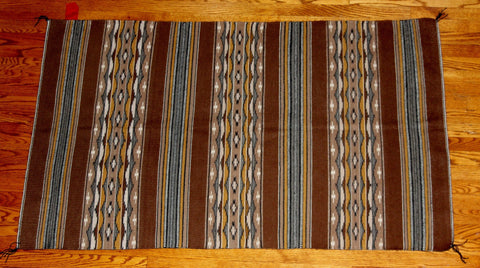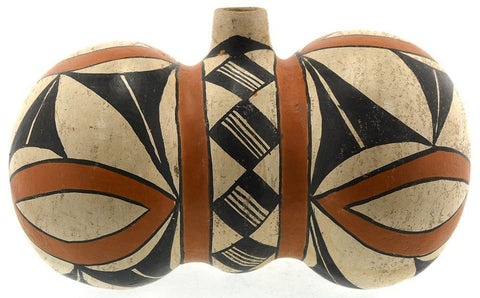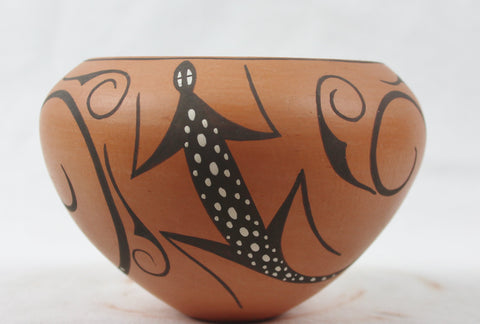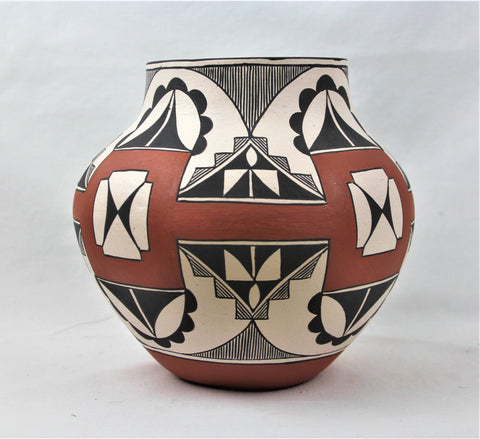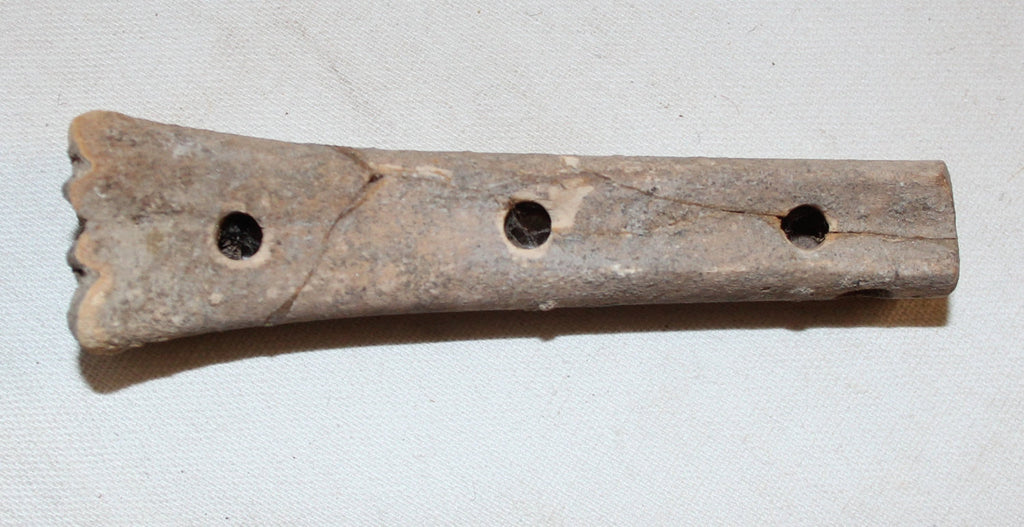
Antique Whistle : A Rare Bone Whistle from the Milagro-Quevedo Culture of Ecuador-Ca 1500 BC #373 SOLD OUT
$ 250.00
Antique Whistle
373. A Bone Whistle from the Milagro-Quevedo Culture of Ecuador. Estimated to be around 1500 BC. Bone has been repaired and put back together. Dimensions: 3.25" long x .75" at its widest point. It has a hole at the small end so it could have been worn on a cord around the neck. All items are unconditionally guaranteed to be Authentic as described. For added security we offer a full money-back guarantee if a recognized authority disputes the authenticity of any object sold.
Between 700 A.C. and 1530 A.C., towns from Milagro-Quevedo settled down the Guayas riversides, including their main tributaries: Daule and Babahoyo, from the Gulf of Guayaquil to Santo Domingo de los TsÌÁchilas province.
The populations were large and well organized, and also they had important administrative centers.
The wood houses were built with roofs covered with leaves of palms. They were located over high platforms "tolas" up to 10 meters in diameter and 2 meters high. The "tolas" were used to construction of ceremonial centers and communal houses arranged 60 metres large.
The typical burials were tombs in a "chimney-shape". It means that the pots were superimposed like a chimney. At the end of the vertical channel, people put the regalia and the skeleton.
The location of that society was closer the main rivers that allowed people to control trade routes. Furthermore, they constructed natural levees and high fields so that they could cultivate maize and cassava.
In ceramic, people from Milagro-Quevedo made: plates, bowls, and big vessels called Kintchen warlock. They have incisions, serpent designs and frog designs. The muses were the local fauna. They also were great at metallurgy. Mainly, they used copper to make needles, gravers, hooks, tweezers, small axes or coin axes.
(Source: Casa Del Alabado)

